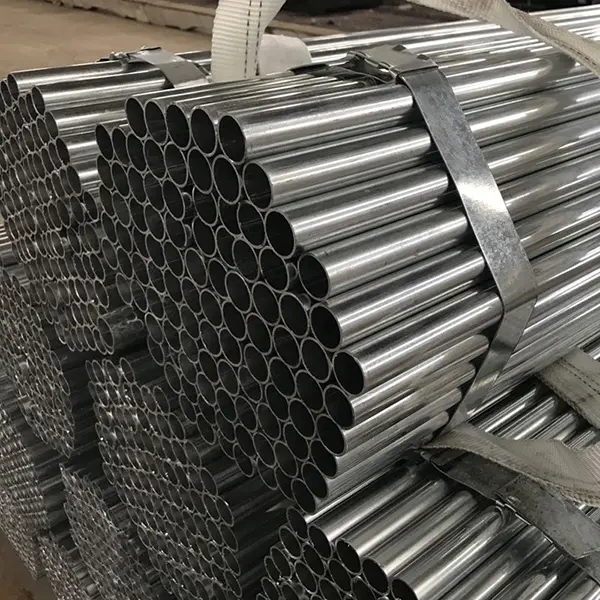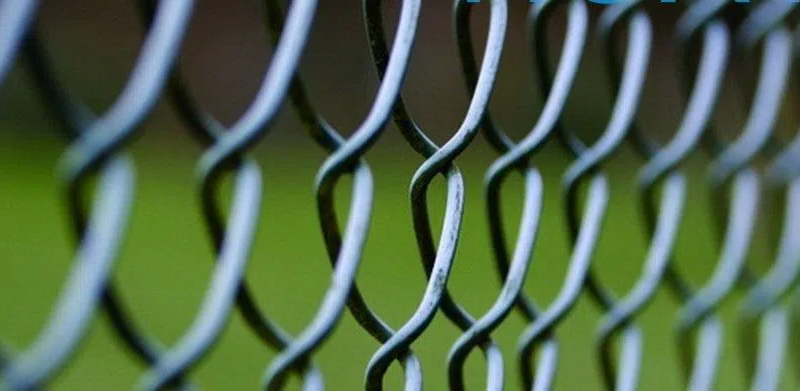High-strength steel can be used in steel structures to save the amount of steel used and reduce the cost of steel structure fabrication, transportation and installation. Since the mechanical properties of high-strength steel have non-negligible differences with ordinary steel, scholars at home and abroad have carried out a lot of research work on the application of high-strength structural steel in recent years.
In addition to reasonable member design, high-strength steel structures require efficient connections between high-strength steel members to form a safe and reliable structure.
The research progress of two important connection methods of high-strength steel (welding and bolting) at home and abroad is introduced, including: research on the load-bearing performance of high-strength steel butt-weld connection, research on the load-bearing performance of high-strength steel fillet-weld connection, research on the load-bearing performance of high-strength steel friction-type bolting, research on the load-bearing performance of high-strength steel compression-type bolting and research on the hydrogen-delayed fracture of high-strength bolts of grade 12.9, etc., and highlights the research progress of Tongji University. Tongji University, summarizing the progress of existing research and looking ahead to future research.
The use of under-strength matching in the butt welding of high-strength steel can reduce the welding preheating temperature, reduce welding defects and improve the ductility of the joint.
However, under-strength matching can have an important impact on the load-bearing capacity of the welded joint. Many researchers have shown that the results of the European code EC3 on the under-strength matching of welded joints strength calculation provisions are basically reasonable or conservative.
High-strength steel softening phenomenon after welding and the size of the degree of softening and steel strengthening mechanism, rolling process and sensitivity to heat treatment, due to high-strength steel in the rolling process has been one or more heat treatment, the steel near the weld and a heat input and cooling heat cycle processing, so that it can not maintain the original mechanical properties, and therefore heat-affected zone.
Specific factors affecting the strength of the welded joint include the strength of the weld material, the width of the weld zone, softening zone strength, softening zone width, the width-thickness ratio of the welded part and the weld bevel angle.
1) different methods of taking the slip load have a greater impact on the anti-slip coefficient, and the value of the anti-slip coefficient of the Chinese code is 7% to 20% greater than the value of the European code.
2) For the shot blasting surface, the measured mean value of the anti-slip coefficient of high-strength steel is between 0.45 and 0.50 according to the European code, and if a certain safety guarantee rate is considered, the corresponding design value is between 0.4 and 0.45.
3) The anti-slip coefficient of the red rust surface after shot blasting of high-strength steel is generally larger than that of the shot blasting surface.
4) The anti-slip coefficient of high tensile strength wire brush surface according to European norms is close to the value taken according to Chinese norms, the anti-slip coefficient decreases with the increase of steel strength grade.
5) The surface treatment of high-strength steel shot blasted and coated with inorganic zinc-rich paint can increase the stability of the anti-slip coefficient of the friction surface, and the standard of the anti-slip coefficient is generally smaller than other surface treatment methods. The thickness of the inorganic zinc-rich paint coating is conducive to the improvement of the slip resistance coefficient, and the slip resistance coefficient of the thick coating is about 10% higher than that of the thin coating.
Post time: Dec-14-2022



